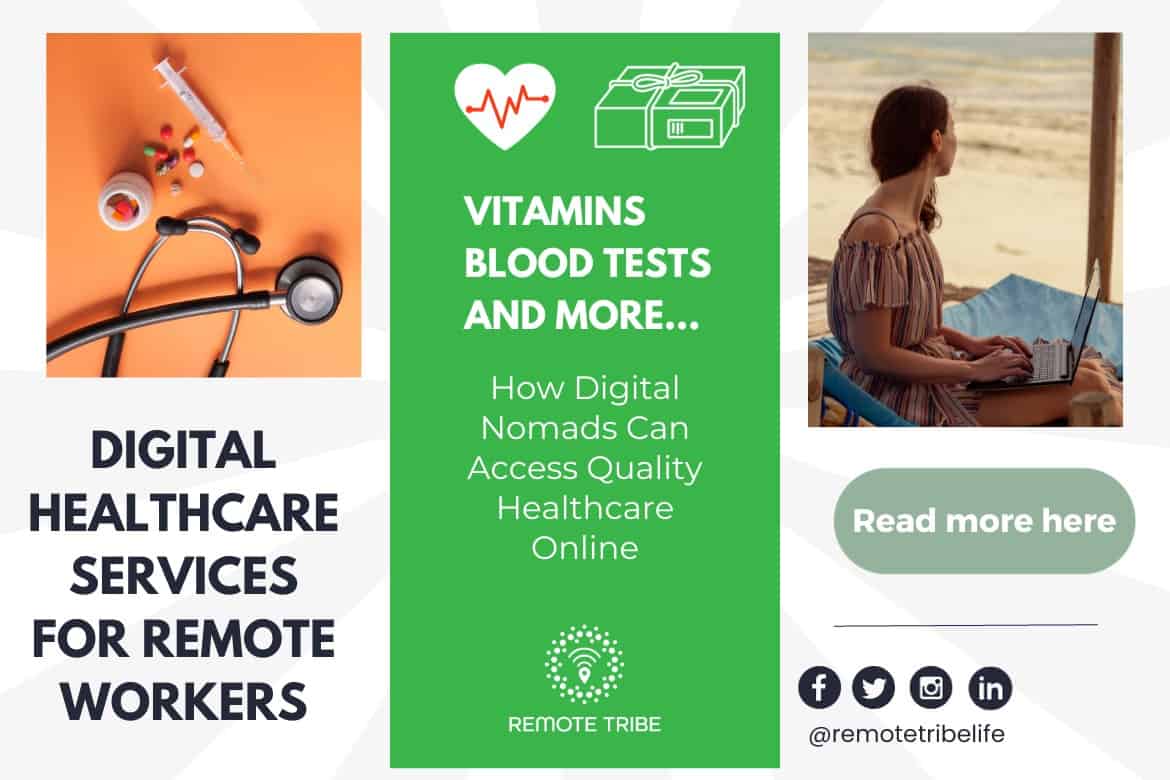The Rise of Subscription-Based Health Care and Its Influence On Client Treatment
As medical care develops, the subscription-based design is gaining traction, guaranteeing to change patient care by using predictability and ease of access. These models, which bypass traditional insurance coverage, can redefine the patient-doctor dynamic, emphasizing preventative and personalized care. As with any type of technology, they offer obstacles, specifically concerning fair accessibility for all socioeconomic teams. The possibility for these versions to improve medical care distribution increases pressing concerns regarding their long-lasting sustainability and inclusivity. Are these subscription solutions the future of medical care, or do they take the chance of leaving at risk populaces behind? The details of this change warrant a better assessment.
Understanding Registration Health Care Models
Realizing the idea of subscription medical care models entails taking a look at a transformative method to clinical services that stresses cost and accessibility. These designs, typically referred to as straight health care (DPC) or attendant medicine, have actually emerged as ingenious alternatives to standard fee-for-service healthcare systems. Membership healthcare enables people to pay a fixed regular monthly or yearly cost for a defined collection of medical solutions, which may consist of endless workplace visits, regular exams, and basic laboratory examinations, without the requirement for traditional insurance coverage payment.
The structure of membership medical care models is created to simplify client treatment by removing third-party payers and intricate billing codes, thus lowering management burdens. Doctor can concentrate more on client treatment, promoting more powerful patient-provider partnerships. This version additionally advertises preventative treatment by urging regular gos to, as the monetary challenge of per-visit fees is gotten rid of.
The registration version often empowers healthcare suppliers to manage smaller sized client panels, permitting more individualized care. It lines up financial incentives with patient health outcomes, as companies are inspired to maintain patient complete satisfaction and well-being. Overall, understanding registration medical care versions needs acknowledging their potential to improve just how care is delivered and accessed.
Advantages for People and Suppliers

For suppliers, subscription-based versions offer the opportunity to strengthen patient-provider partnerships. With a constant revenue stream, healthcare experts can devote even more time to every individual, bring about a more thorough and customized care experience. This model also decreases reliance on high client volumes, easing exhaustion and improving work satisfaction. The focus on precautionary care within subscription strategies can lead to far better individual results and reduced lasting health care prices. By concentrating on constant treatment, service providers can address problems before they rise, inevitably benefiting the healthcare system as an entire by lowering the concern on emergency and intense care solutions.
Issues and obstacles
While subscription-based healthcare models present various benefits, they also come with a set of challenges and issues that should be attended to. This increases honest questions about fair accessibility to medical care solutions.
Financial sustainability of subscription-based designs is one more concern. Suppliers need to balance the fixed income from subscriptions with the variable prices of medical care solutions, which may fluctuate due to unforeseen clinical demands. This can develop pressure to limit solutions or boost fees, possibly affecting individual fulfillment and care quality.
Furthermore, governing oversight of subscription-based medical care designs is still evolving. The lack of standardized structures can cause inconsistent solution high quality and liability, making complex efforts to make sure client defense. The integration of innovation-- frequently a keystone of these models-- elevates questions regarding information privacy and protection, as sensitive client details could be prone to violations. Dealing with these difficulties is crucial for the fair and successful application of subscription-based medical care.
Influence on Patient-Doctor Relationships
One substantial impact of subscription-based health care designs on patient-doctor partnerships is the possibility for boosted connection and personalized care. By adopting a membership design, medical professionals can take care of a smaller sized person panel, allowing for more dedicated time with each person. This boosted accessibility promotes a deeper understanding of an individual's medical history, way of living, and choices, making it possible for extra customized therapy strategies and treatments.
However, it is important to identify that while subscription-based designs may profit those who can afford them, they can unintentionally widen healthcare variations. Patients that are unable to get involved in these designs might experience lower access to personalized treatment, potentially affecting their relationships with medical care suppliers. Therefore, while the registration design offers appealing advantages for patient-doctor connections, it additionally presents challenges that require to be addressed to make sure equitable health care accessibility.
Future of Health Care Access

The function of innovation can not be ignored in this makeover. Telemedicine systems and digital wellness documents promote smooth interaction in between people and medical care carriers, breaking down geographical and logistical barriers. Additionally, advancements in artificial intelligence and information analytics can better individualize treatment by predicting client demands and optimizing therapy plans.
However, the future of healthcare access additionally offers obstacles, such as making certain equity throughout different socio-economic groups. Policymakers and doctor must team up to link the digital divide, guaranteeing that subscription-based models continue to be comprehensive and economical. As these systems mature, they hold the promise of making medical care a lot more easily accessible, effective, and patient-centric.
Conclusion
Subscription-based health care models are reshaping patient care by supplying a secure price framework and boosting accessibility. These versions reinforce patient-provider relationships with customized treatment and routine visits, emphasizing preventative health. Regardless of these benefits, challenges such as accessibility concerns for low-income populaces and the find more demand for equitable health care solutions linger. The surge of subscription-based healthcare encourages positive individual interaction, which has the possible to improve individual end results and fulfillment, signifying a transformative shift in medical care distribution.
As healthcare develops, the subscription-based model is obtaining grip, guaranteeing to change person treatment by offering predictability and access.Subscription-based healthcare designs use distinct advantages for both individuals and service providers, boosting the total health care experience.As medical care systems progress, the future of healthcare gain access to regularly pivots on the assimilation of cutting-edge designs and technologies.Subscription-based medical care versions are reshaping client treatment by giving a steady expense structure and boosting accessibility. The surge of subscription-based health care encourages proactive person interaction, which has the potential to boost person end results and satisfaction, signaling a transformative shift in medical care distribution.